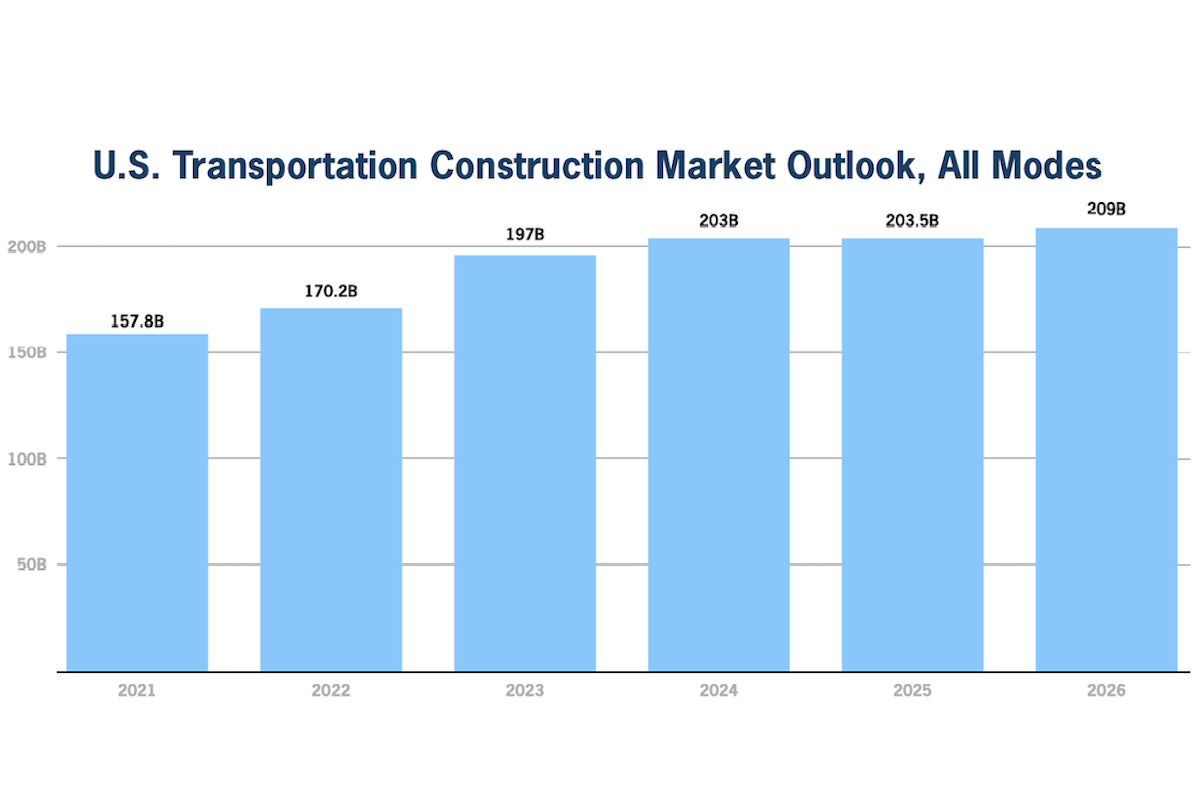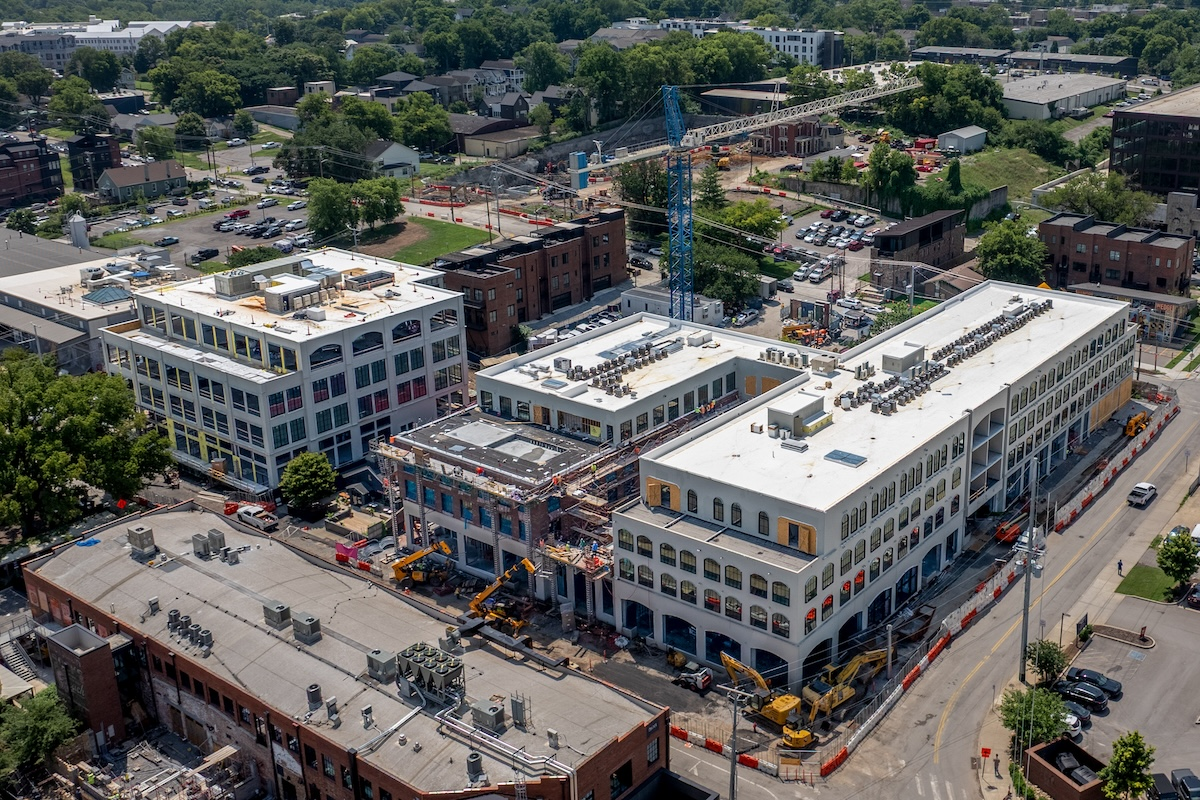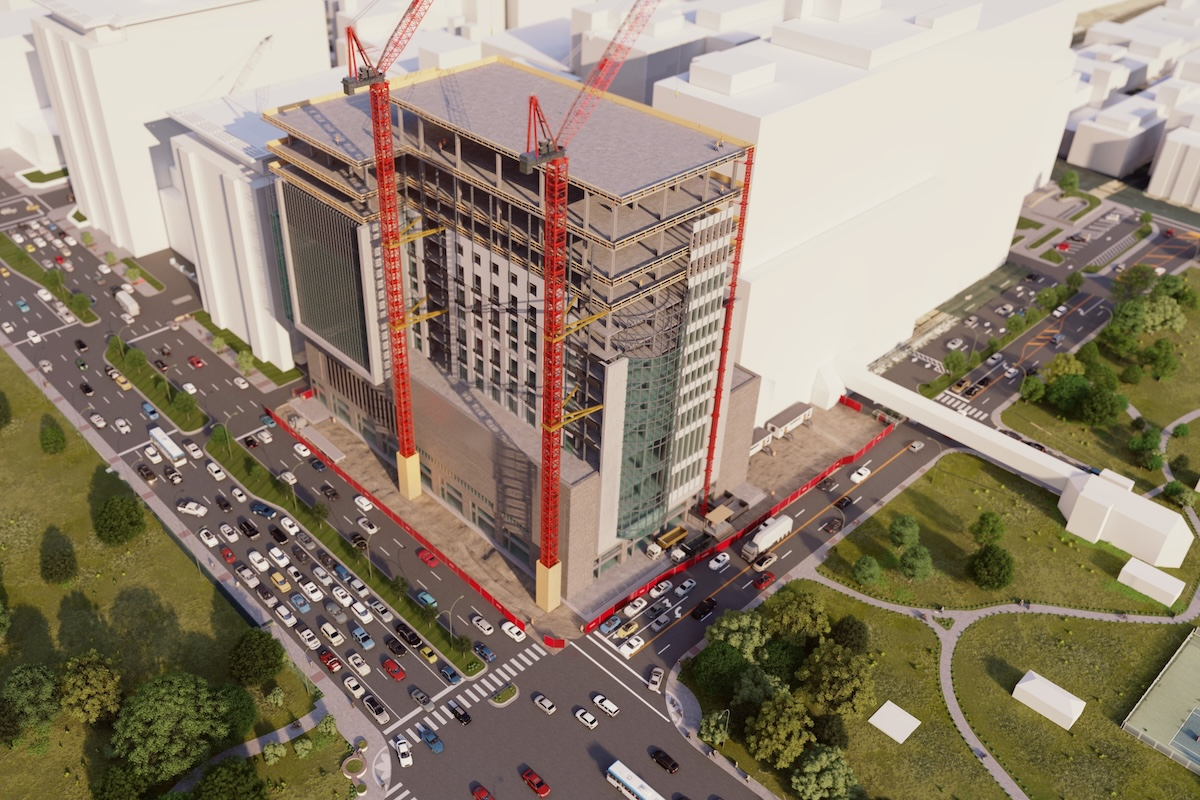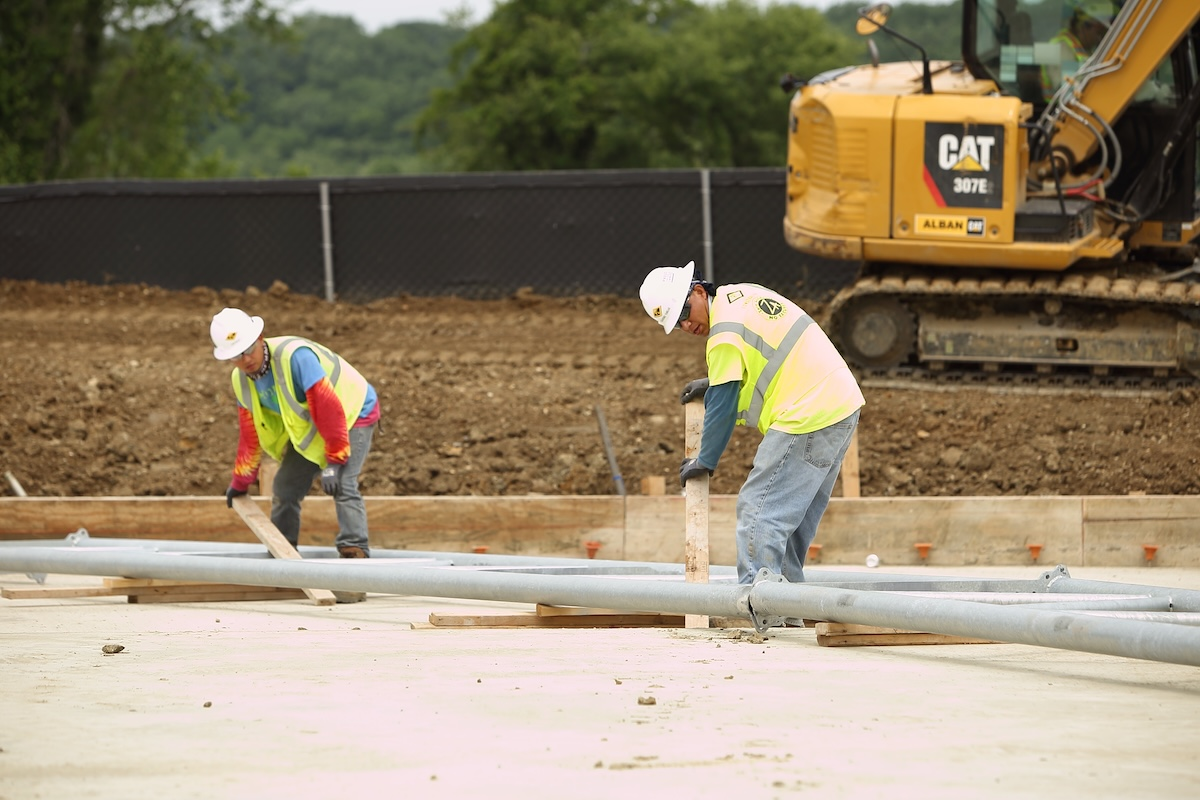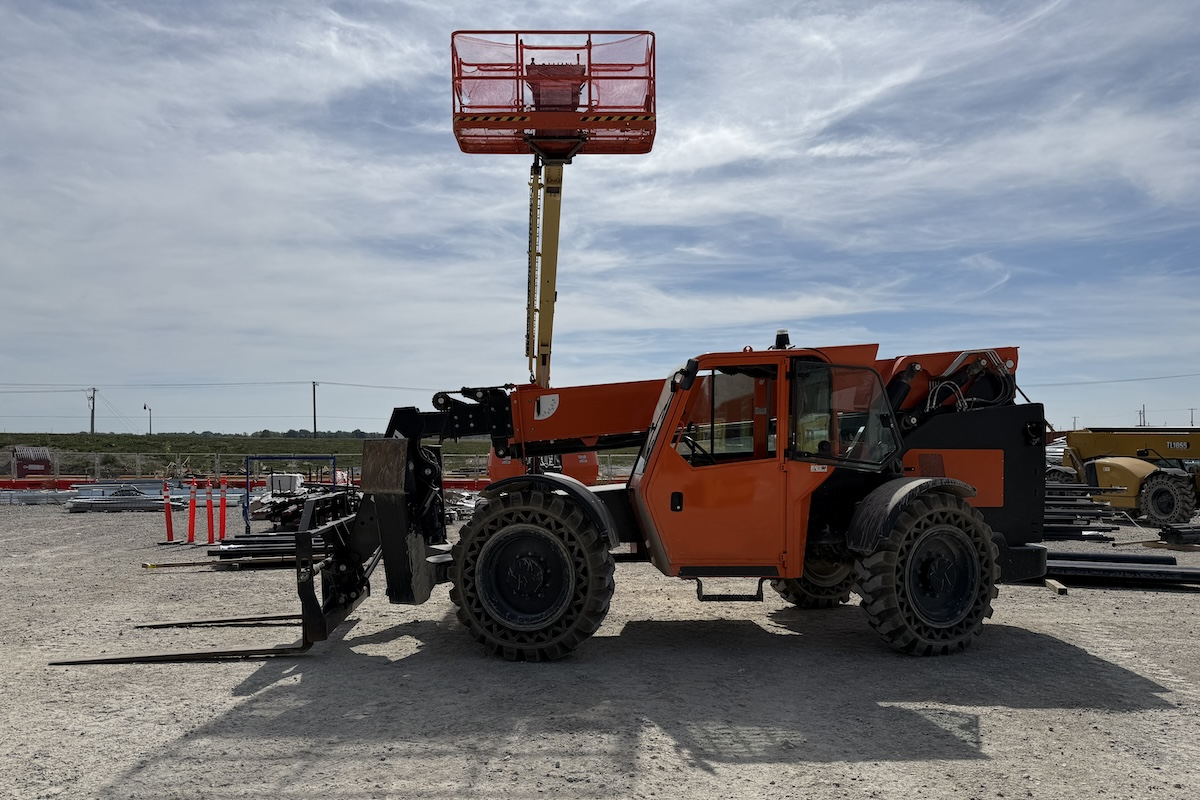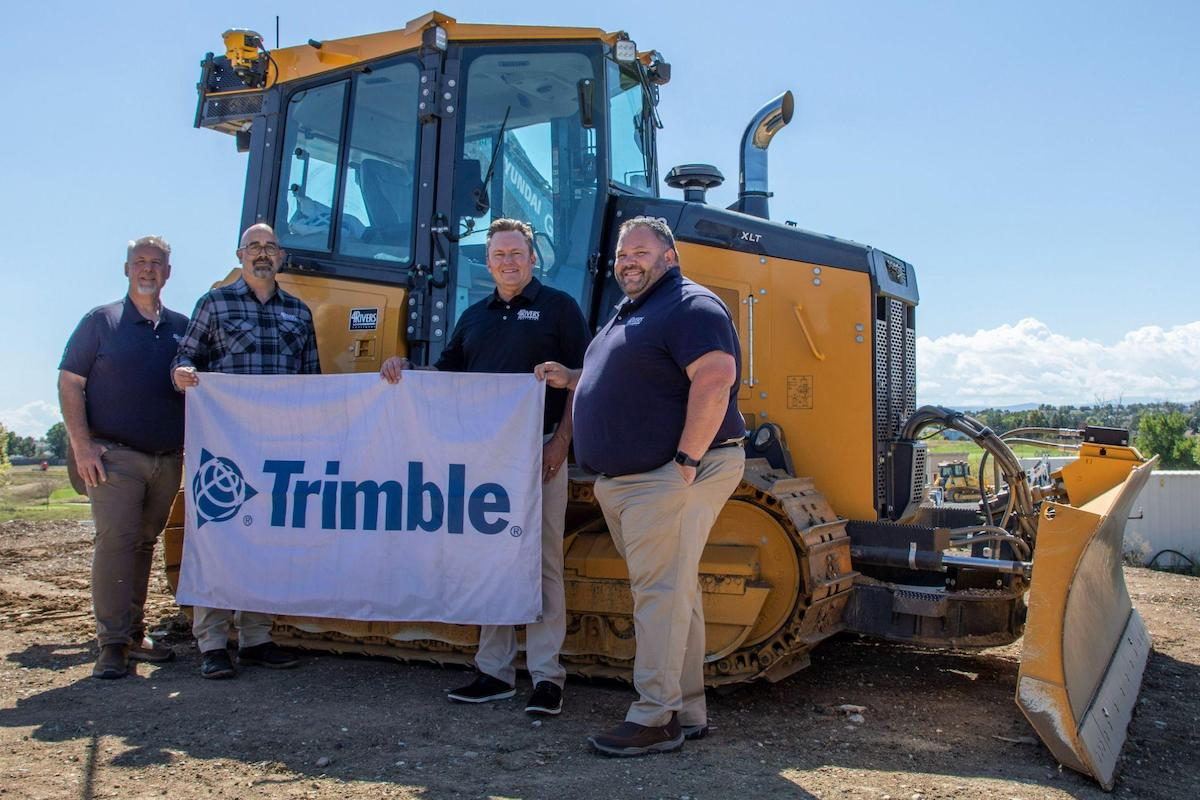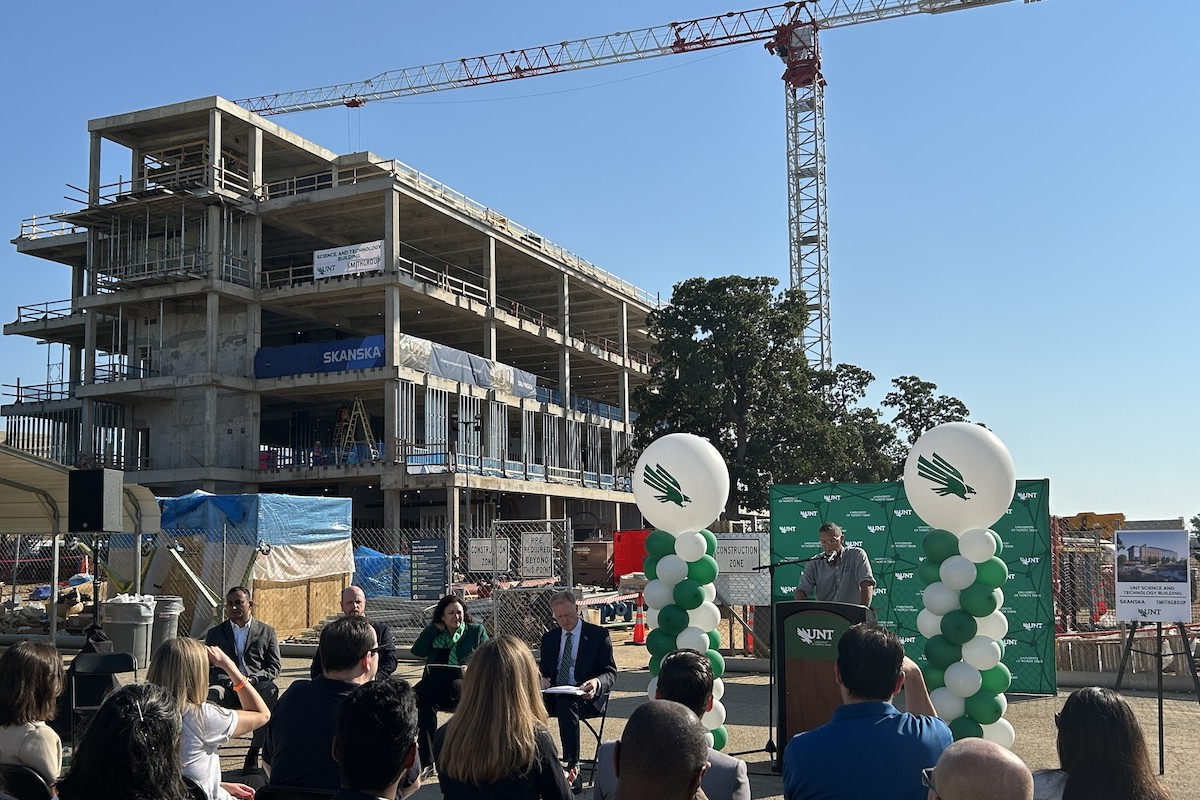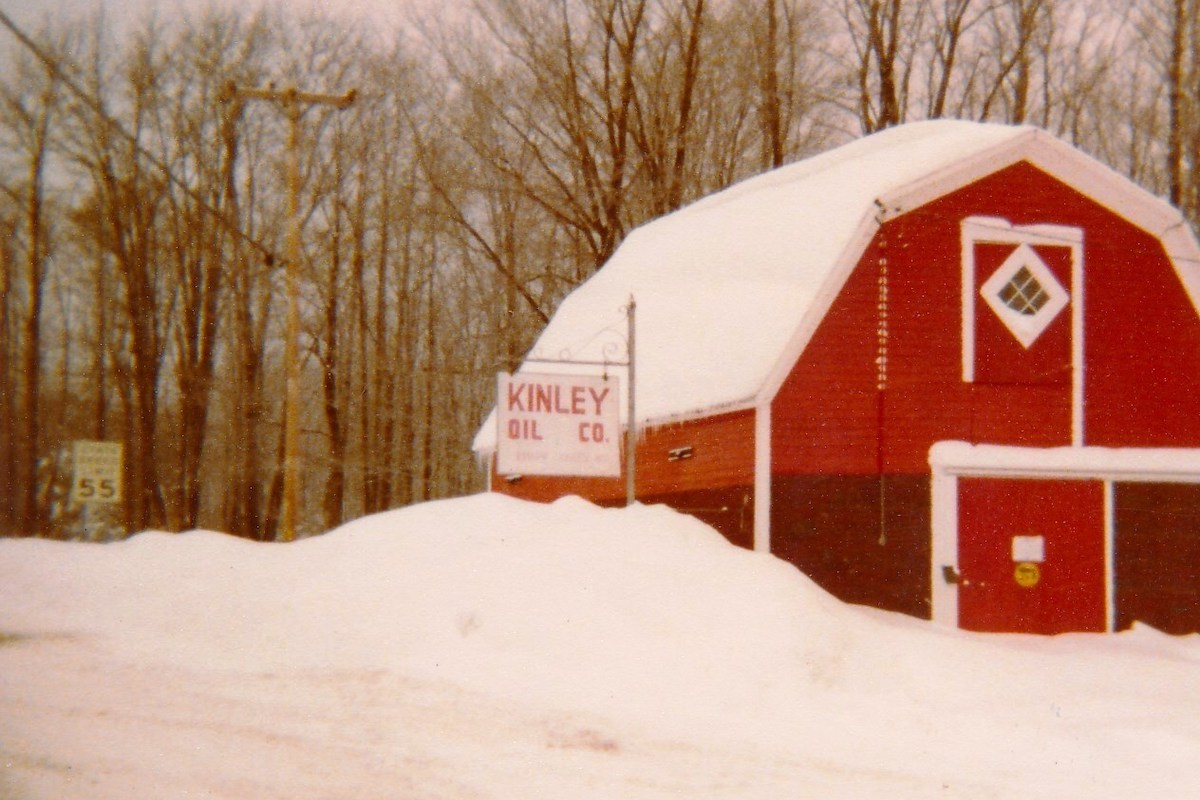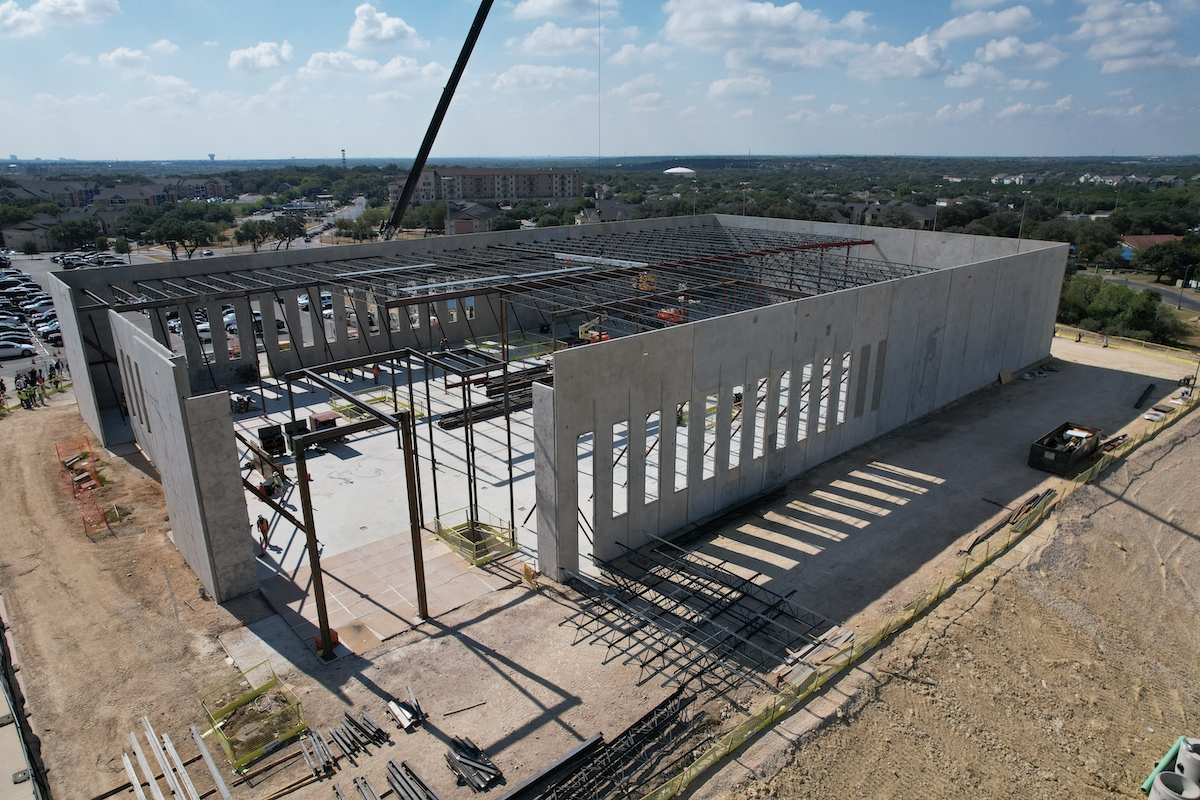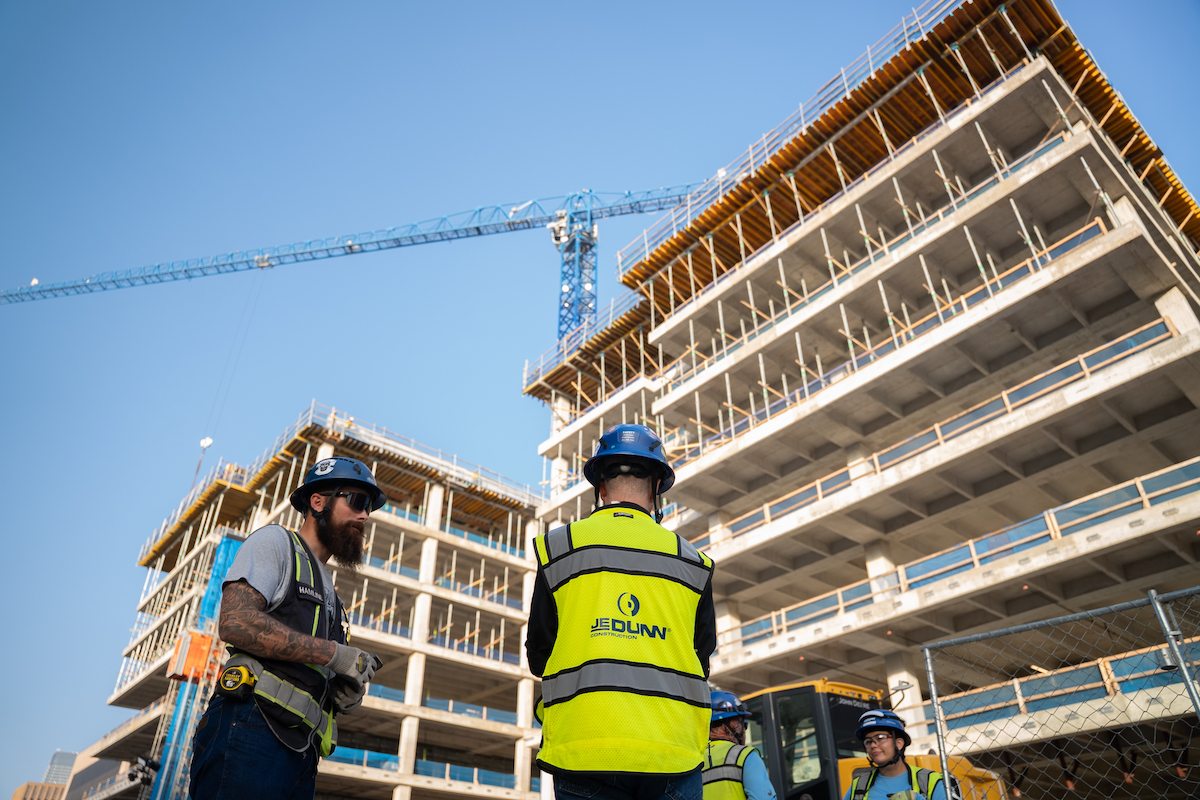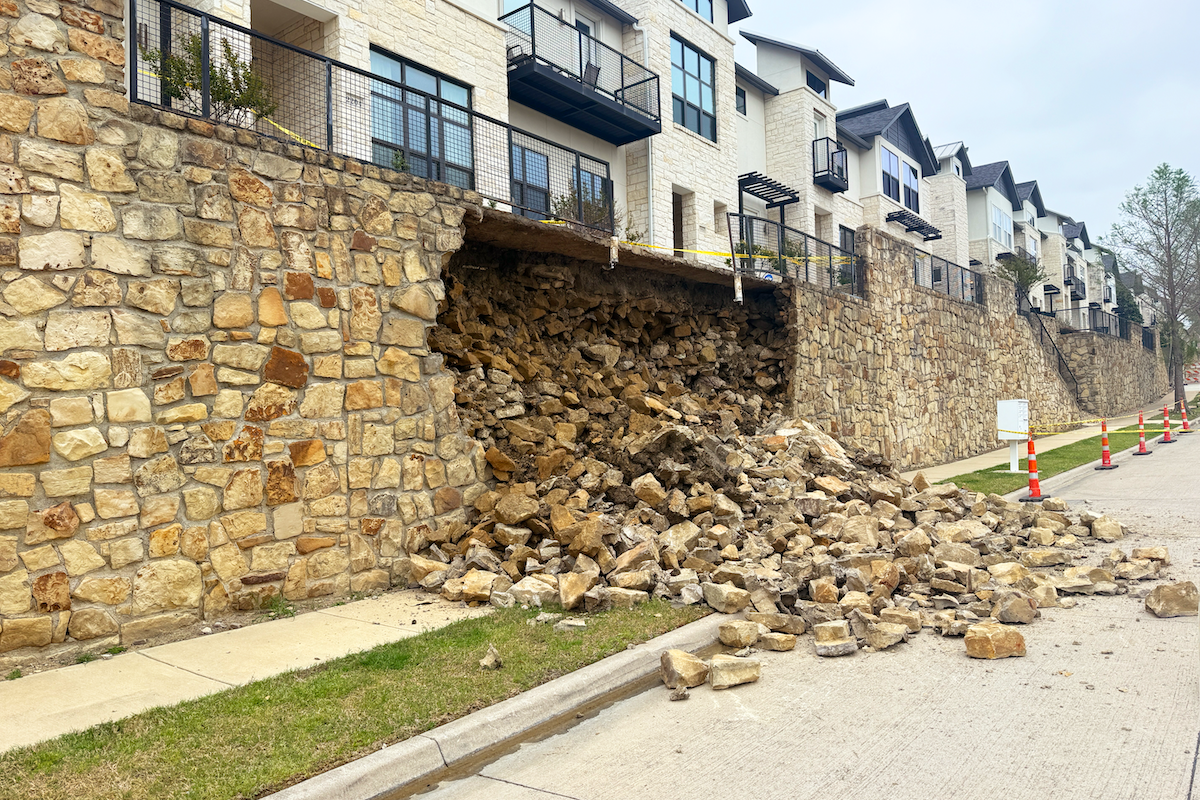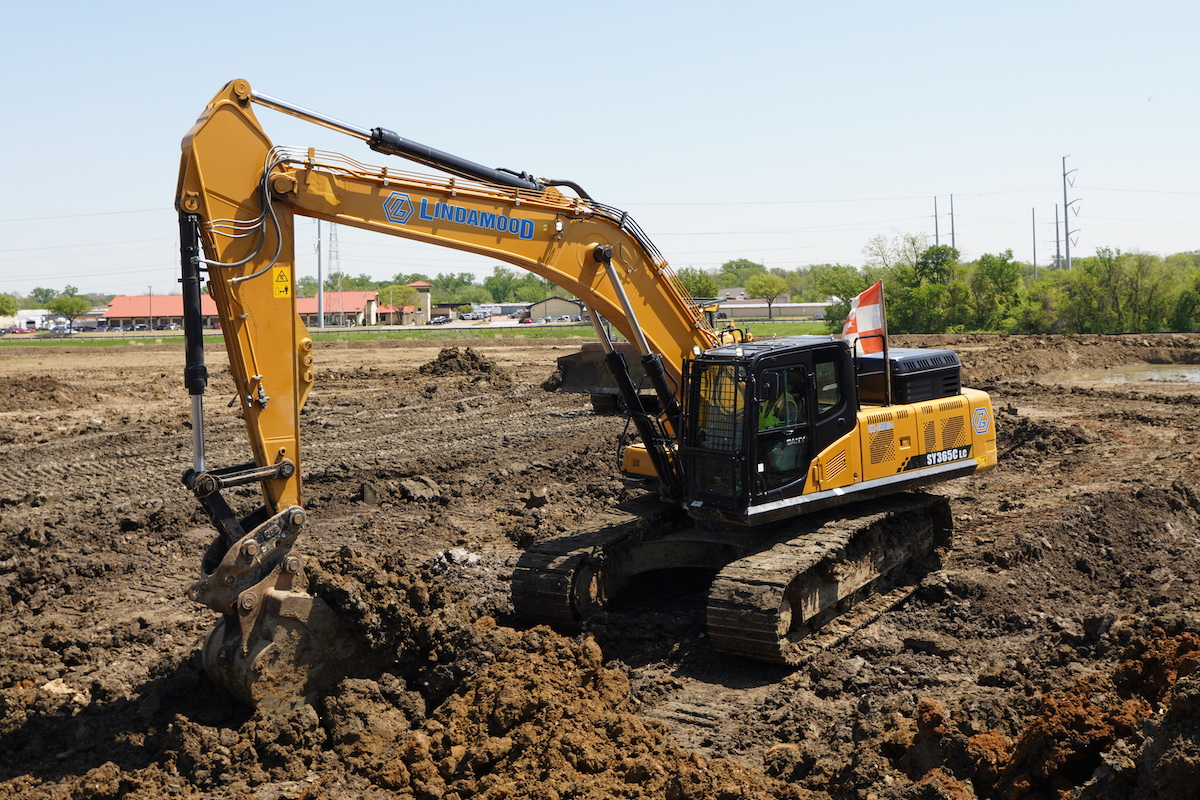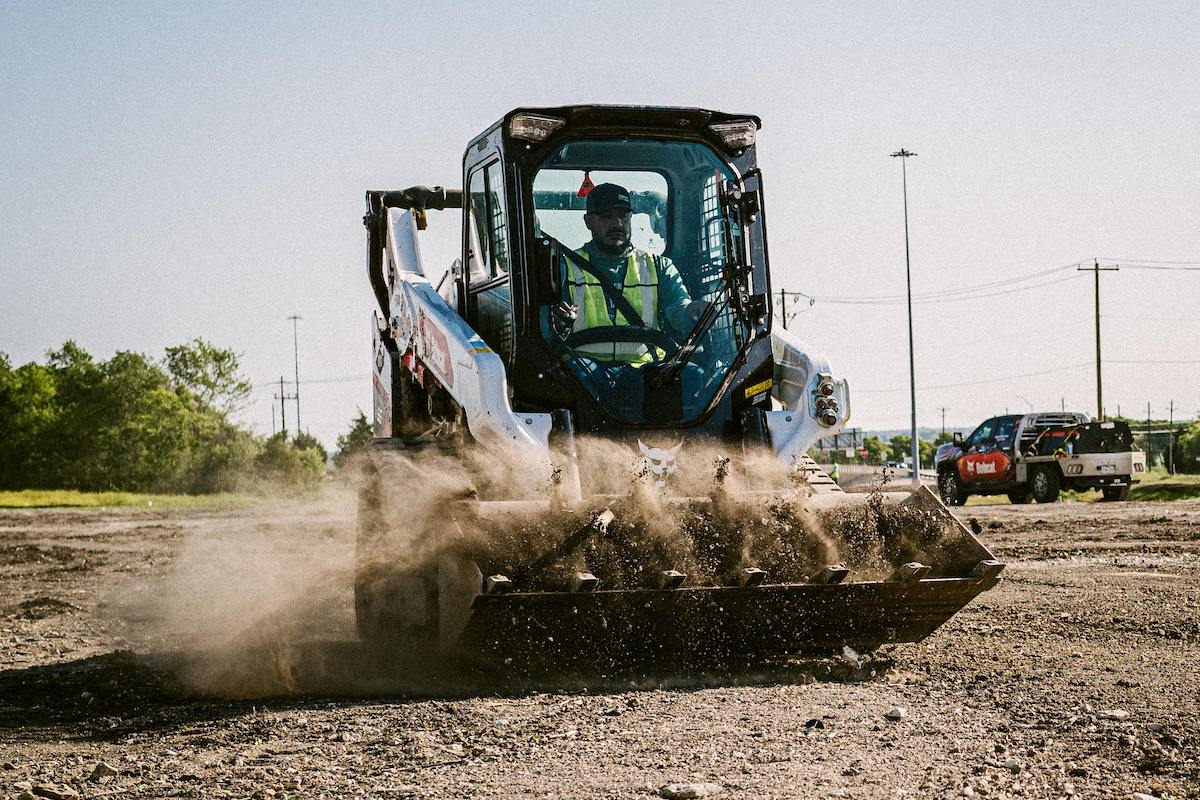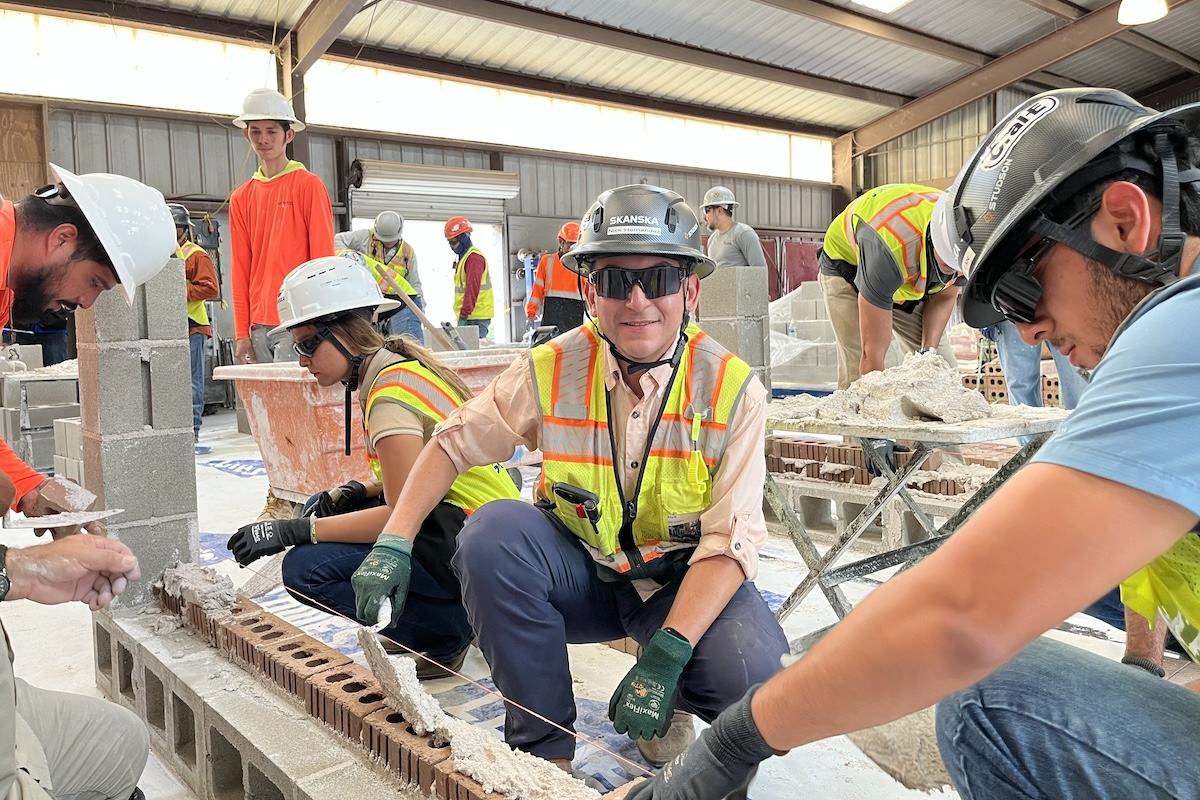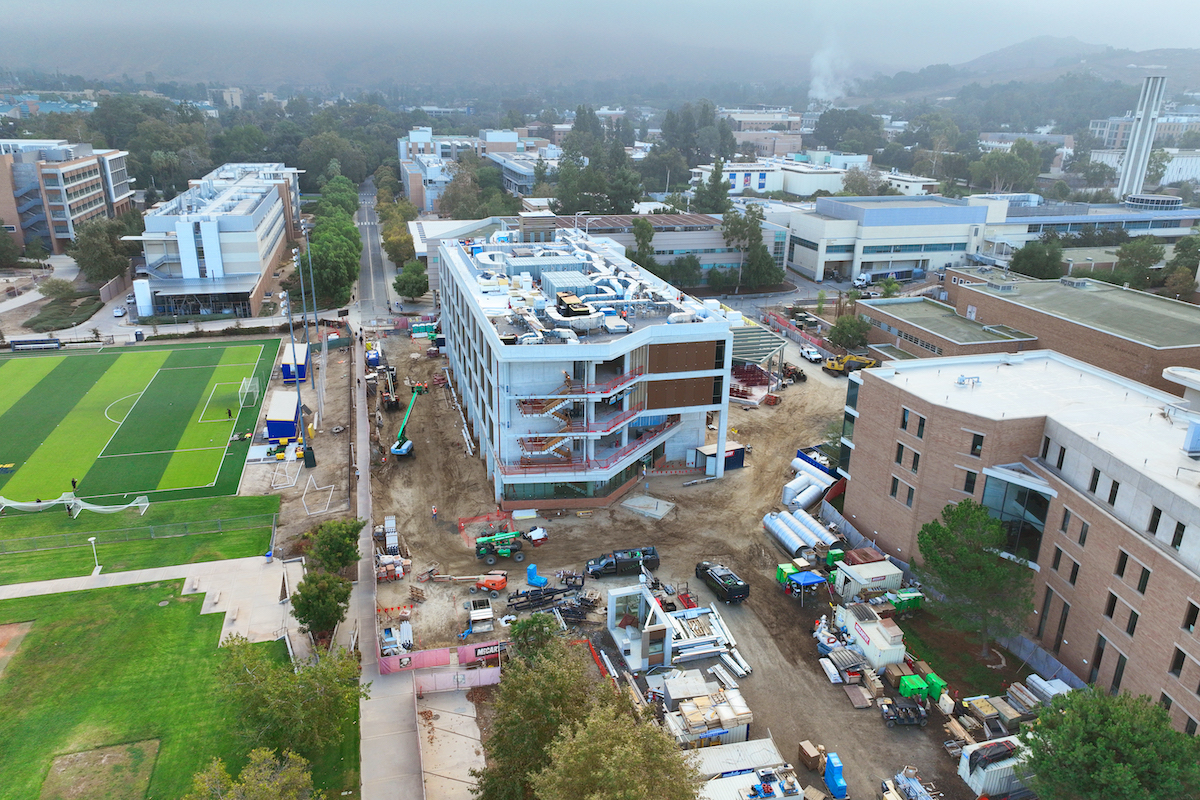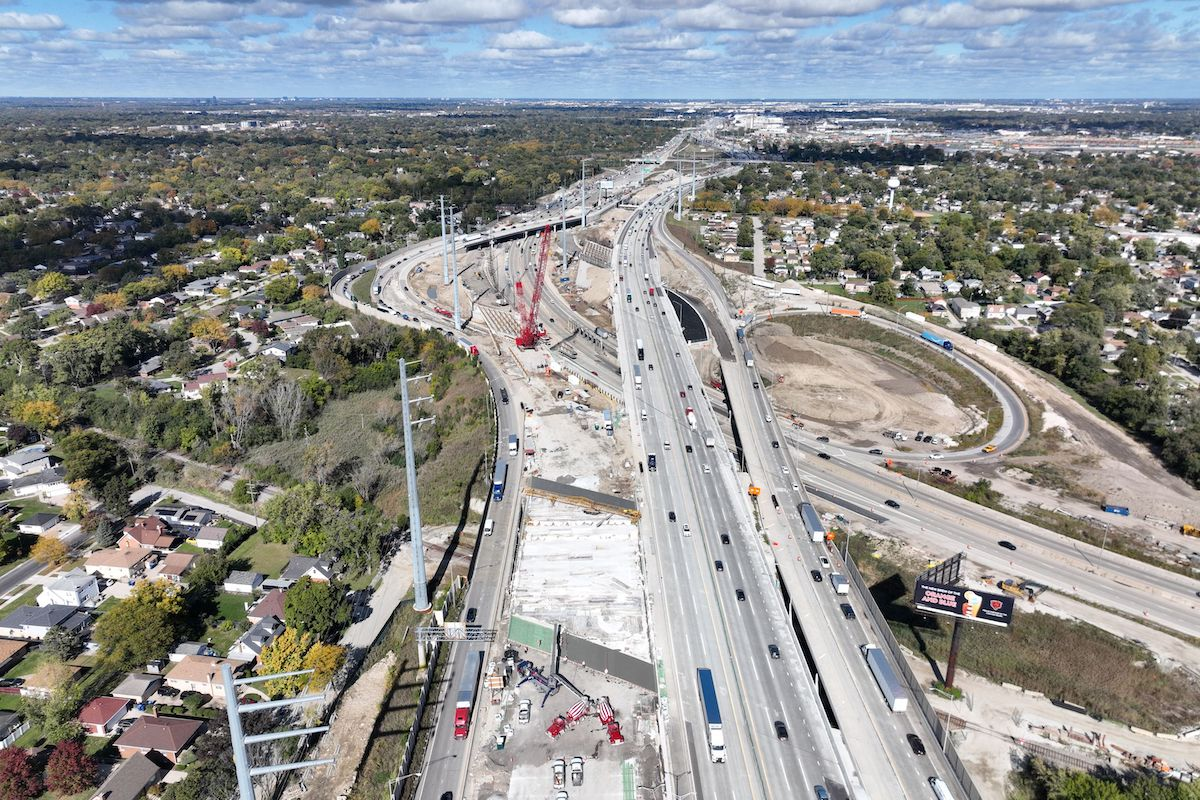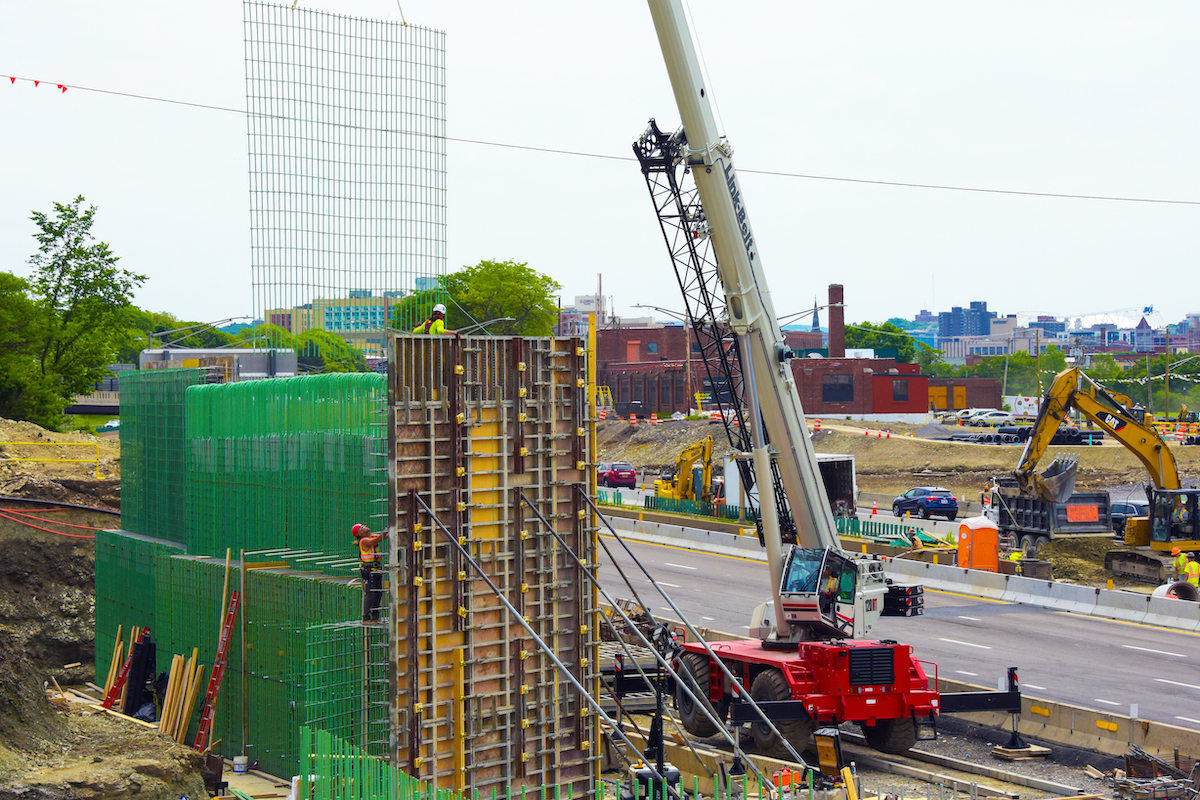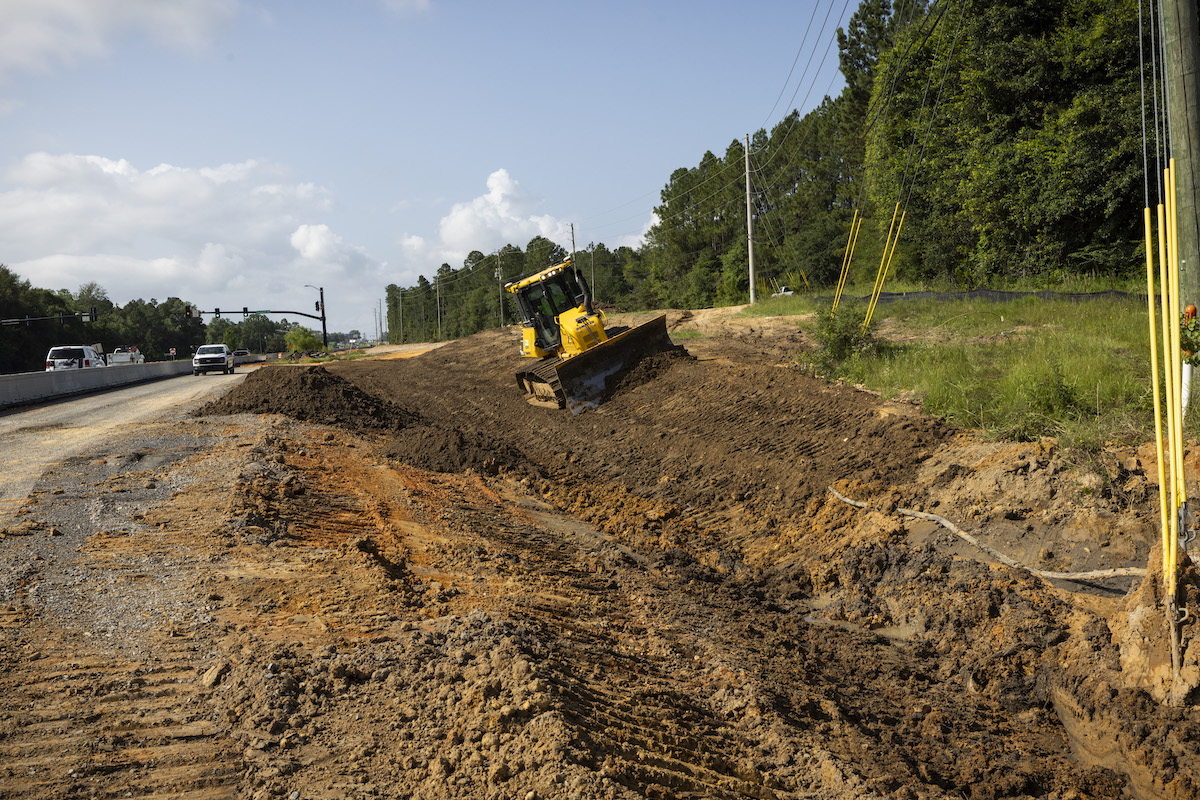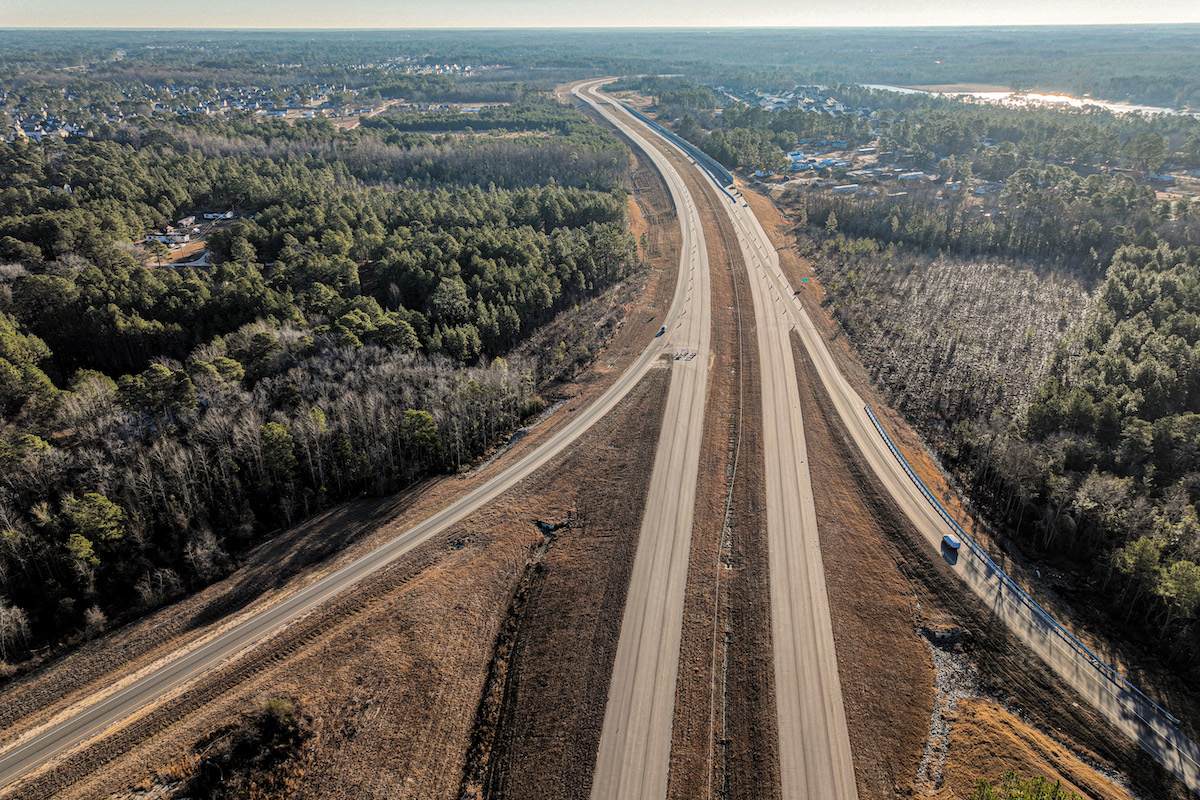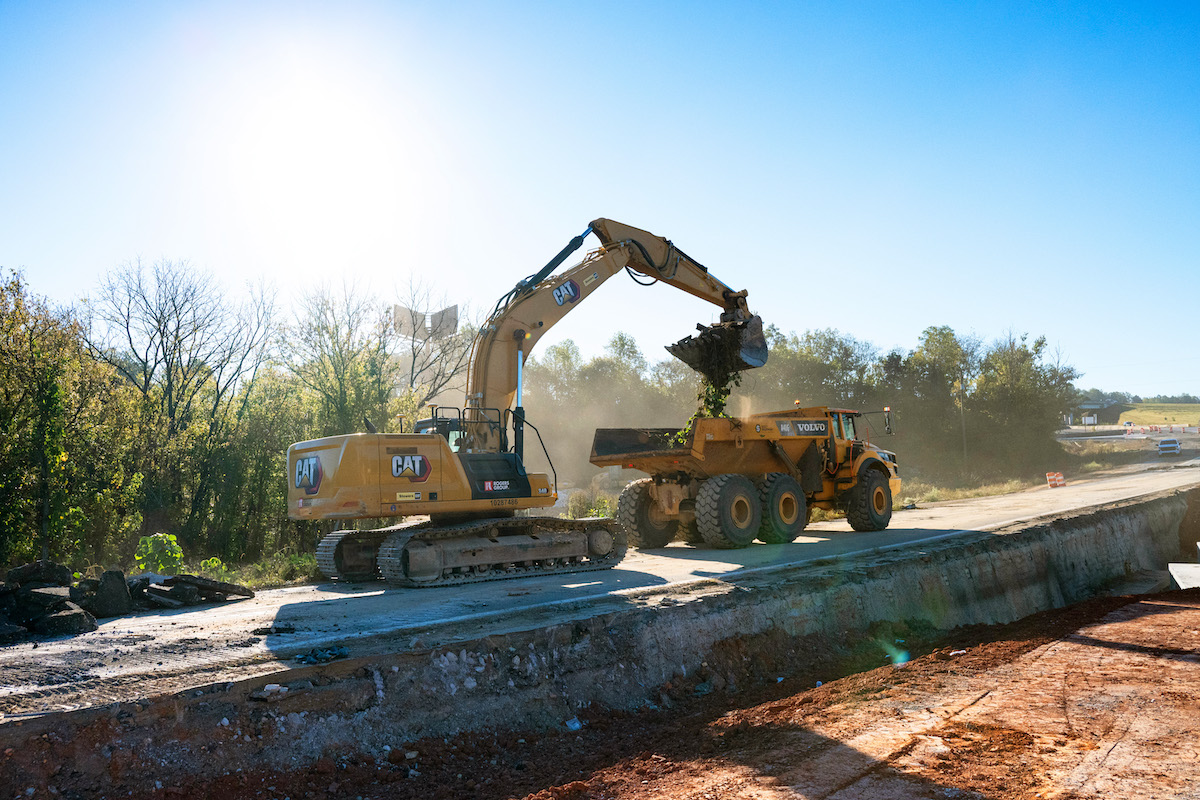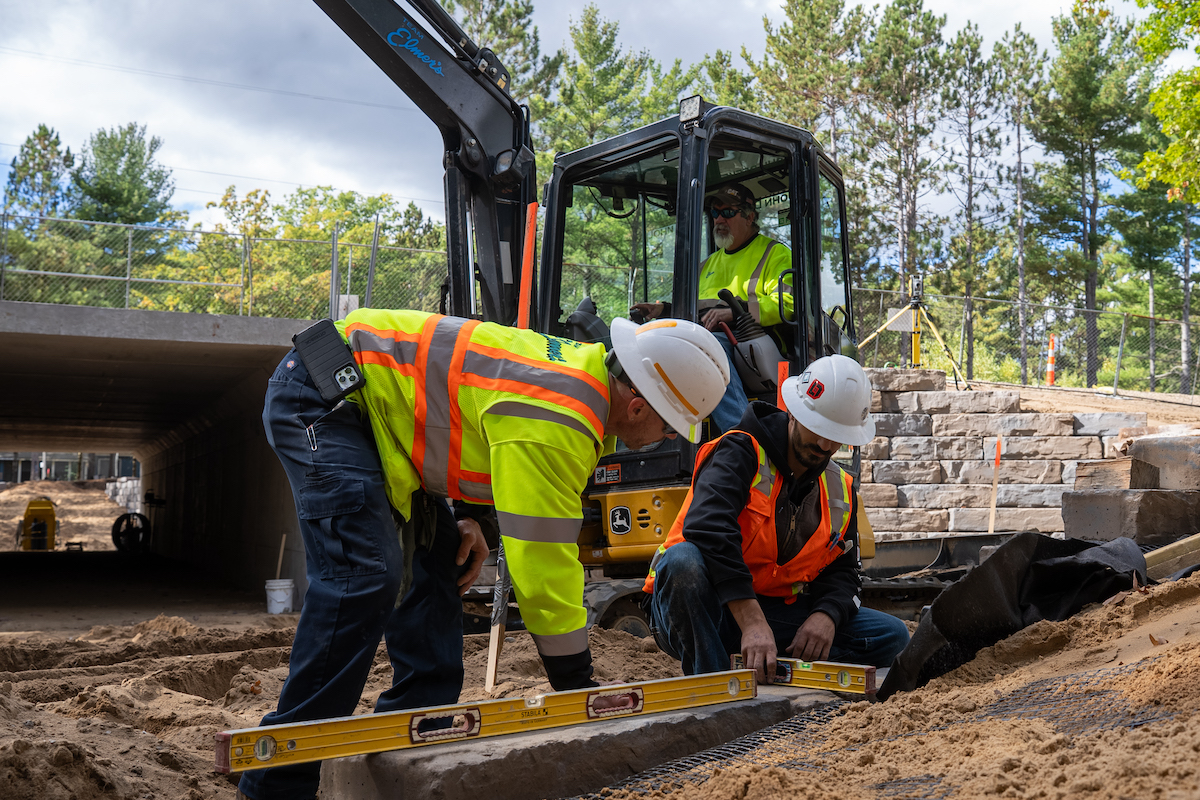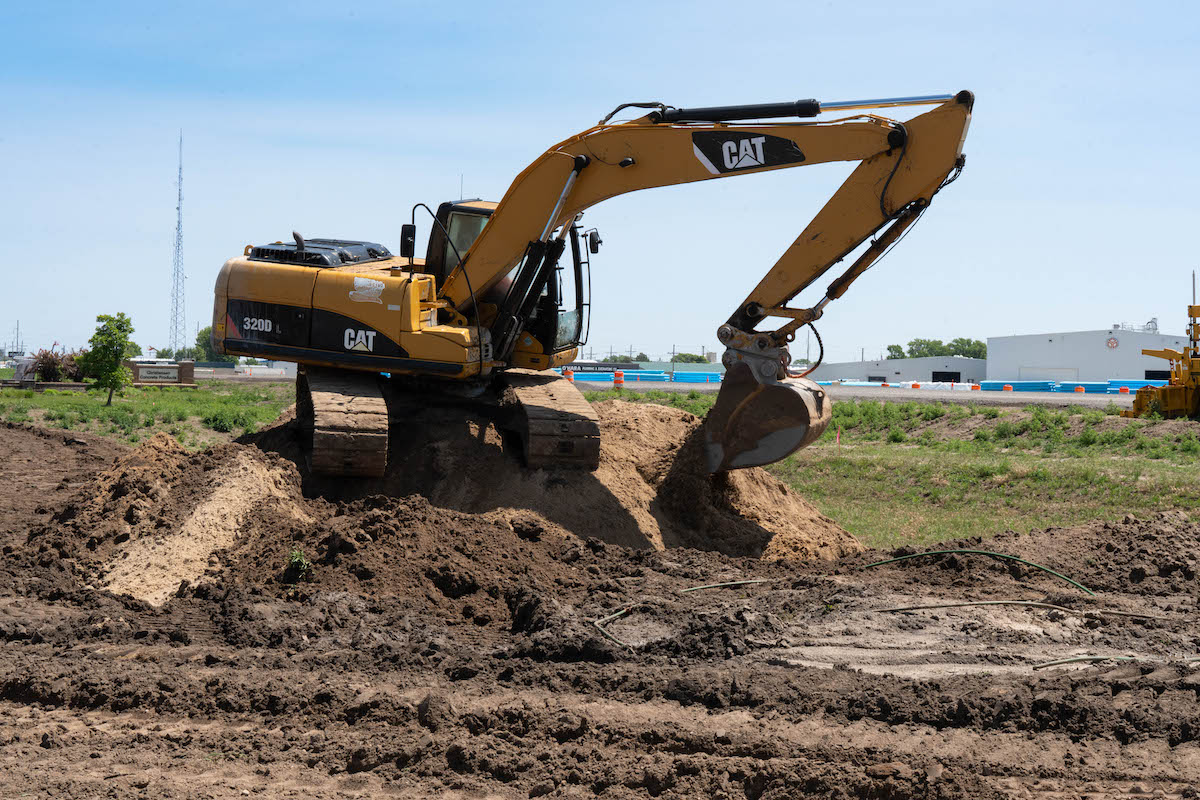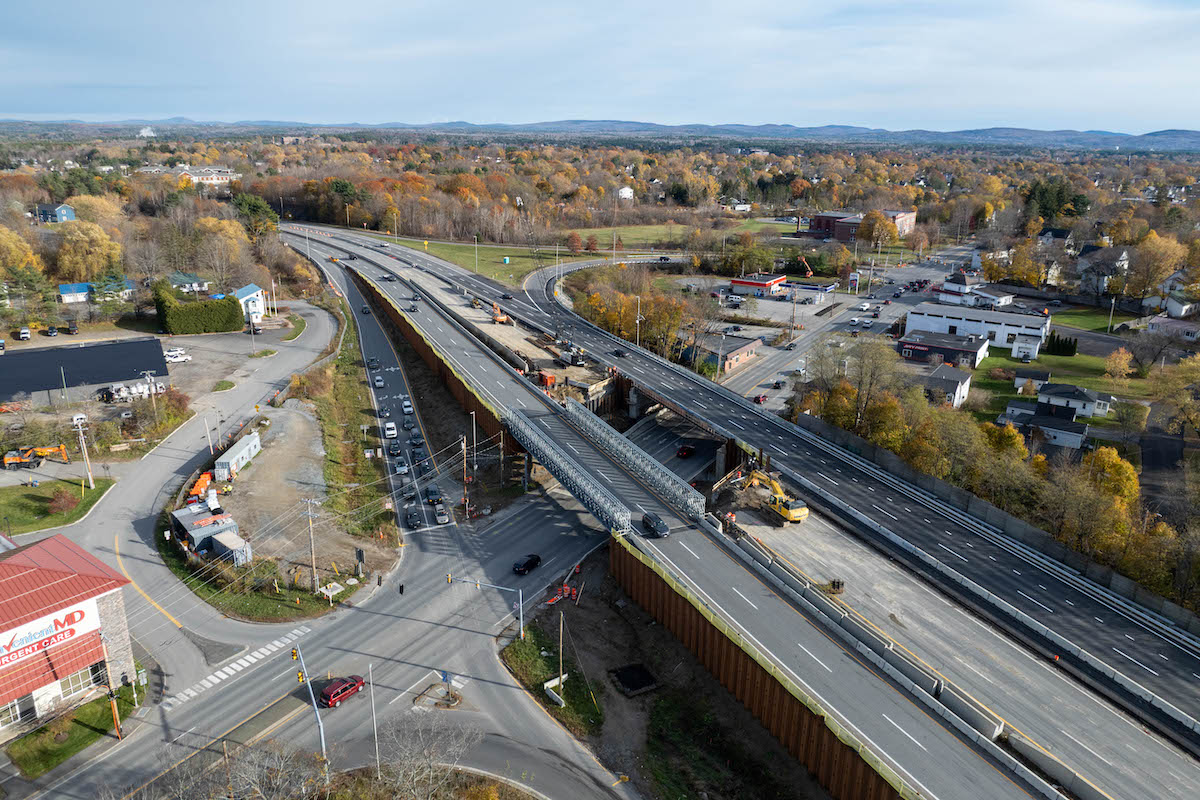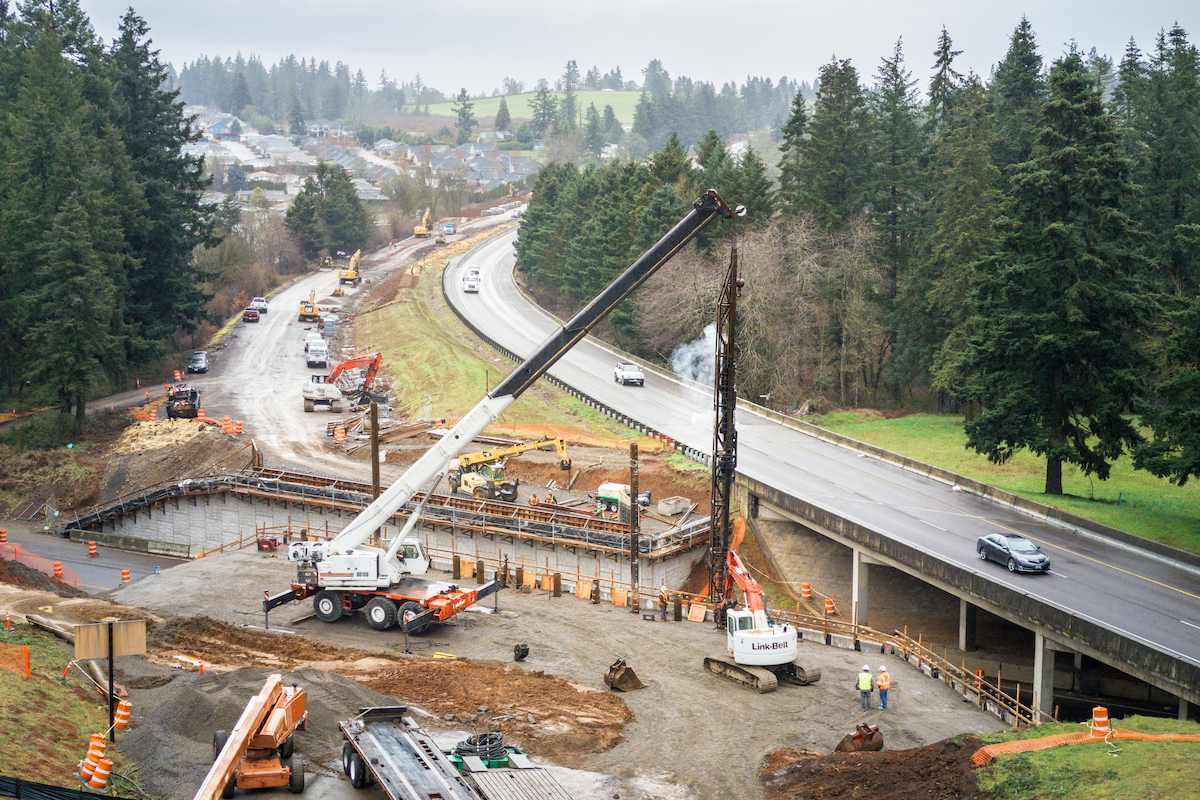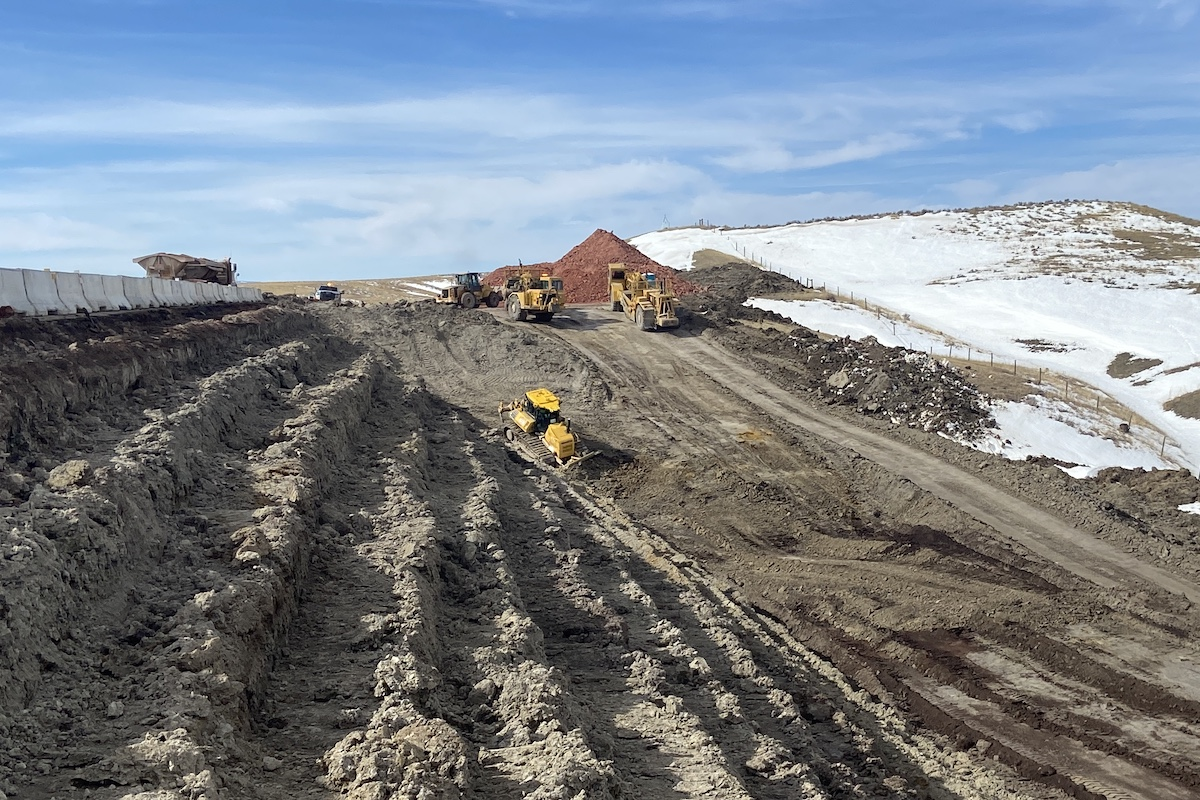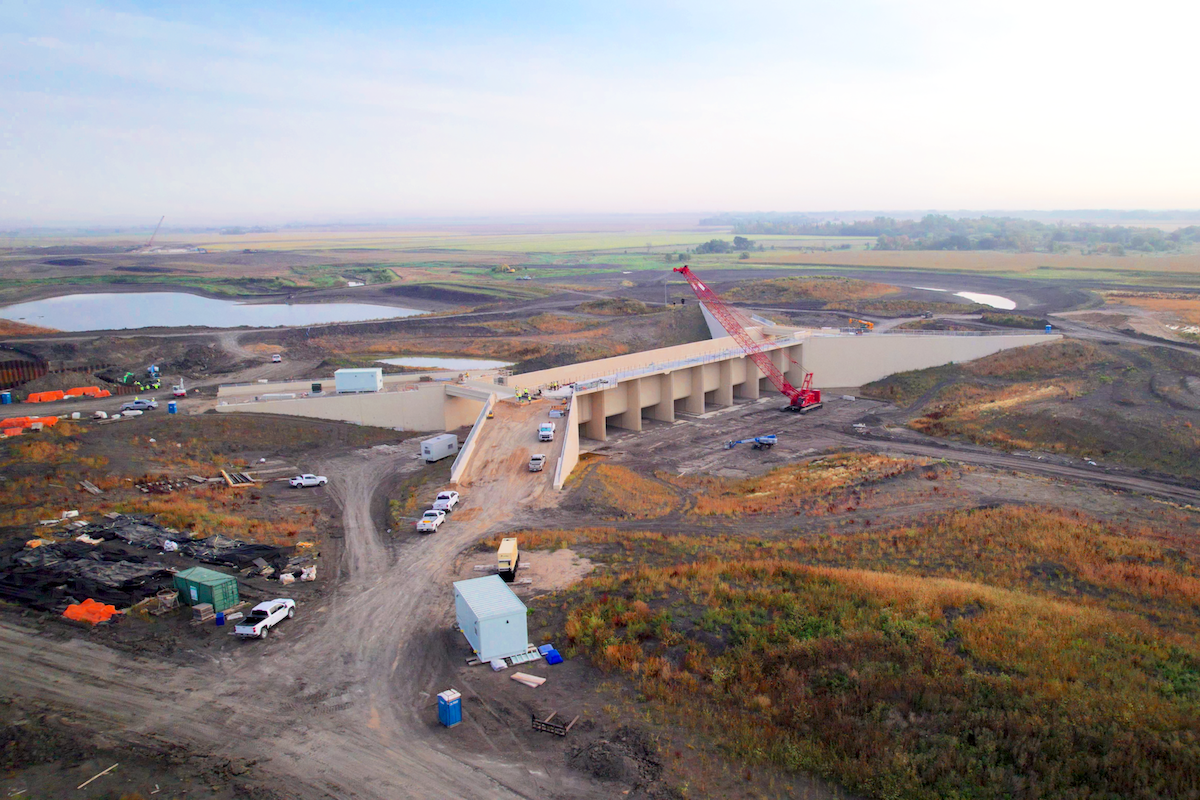Imagine this — You wrap up an underground pipeline installation project, everything is signed off, and you move on to the next job. Months later, the owner makes changes to the site, and they start driving heavy equipment over an area with buried pipe that was never designed for that load. The pipe collapses, and now the owner is on the phone insisting your workmanship warranty covers the repair. You did the work per plans and specs, so how is this your problem?
Well, good news, it might not be. Of course, that depends on what you promised and what Texas law infers about your work in such circumstances. Situations like this can bring the contractor’s warranty of good and workmanlike construction front and center. So, to avoid being haunted by warranties long after project completion, contractors need to understand warranties, how far each extends, and maybe a proton beam.
An express warranty is whatever you put in writing, and you control the altitude of that bar. A plain-vanilla clause (according to AIA A201) generally promises the work is defect-free and matches the plans. That language merely echoes the implied rule, so it rarely adds extra risk.
Trouble begins when you agree the work will hit “world-class,” “first-tier,” or other undefined superlatives. Those words elevate the expected performance from ordinary competence to something bordering on perfection, and Texas courts will measure you by your own rhetoric. If the loftier standard is clear, it overrides the implied warranty. If it is vague marketing fluff, the implied warranty stands up — but probably not without some pain in the form of litigation. Either way, the wider the promise, the bigger the target on your back.
Because the implied warranty of good and workmanlike construction can be limited or replaced by contract, prudent contractors resist expansive adjectives and keep workmanship language tied to objective criteria such as “in conformity with the contract documents.” When the owner wants more, consider offering value instead of verbiage, such as through a warranty-maintenance program. For a fee (or built into the bid), schedule periodic site visits — say every quarter for the first year — to inspect critical elements, advise on routine upkeep, and document conditions.

| Your local ASV dealer |
|---|
| CLM Equipment Co |
The owner gains early detection of issues and credible maintenance records. You gain regular client contact, a chance to spot misuse before it morphs into a defect claim, and a robust paper trail showing the project’s post-completion health. In the long run, controlled, documented maintenance beats ghost-chasing after a promise that was never meant to be supernatural.
Many contractors think they only have a “one-year warranty” on their work. In reality, that one-year period is just a callback window (basically an extended punch list) to fix problems discovered early. It does not mark the end of your responsibility for quality. There’s typically another warranty in your contract — that language about good workmanship. And those clauses aren’t limited to one year; they typically don’t have any prescribed limit. Under Texas law, those good workmanship warranties can last much longer than one year.
In fact, Texas generally allows up to four years for an owner to enforce a good workmanship warranty by filing a lawsuit. Four years is the Texas contract statute of limitations. Under some circumstances, the owner may have 10 years from project completion as a hard cutoff for claims (the statute of repose). The one-year return and repair warranty exists along with the good workmanship warranty, so that the owner effectively has two separate remedies — with two separate expiration dates. Put simply, a warranty issue can come back to haunt you years after the project is done.
Also note that certain actions can stretch the timeline. If a contractor fraudulently conceals a defect or misleads an owner as to the work, the clock might pause. So, while you can’t typically extend the 10-year repose deadline, you can easily lose the protection of the four-year limit by hiding problems.

| Your local Wirtgen America dealer |
|---|
| Nueces Power Equipment |
| Kirby-Smith Machinery |
The question is then, what can you do to limit your long-tail warranty risk?
- Set clear warranty terms: Negotiate contract clauses that define what the applicable standards are and how long warranties last (with a clear cutoff for defect claims), and that disclaim implied warranties where allowed.
- Document project closeout: Keep detailed records and get sign-offs at completion (including any warranty fixes) to have proof of the final accepted condition.
- Address issues promptly and honestly: Fix defects as soon as they surface. Don’t hide issues or drag your feet with open-ended promises, which can extend your liability.
- Align subcontractor warranties: Make sure your subs’ warranty obligations match yours, so you’re not left holding the bag for someone else’s long-term defect.
In close, treat every warranty clause like a haunted house: inspect it in daylight, seal the obvious cracks, and make sure you know which doors lock behind you. Yesterday’s work stays buried when you set practical performance standards and timelines, document each walk-through, and keep deadlines on limitations in plain sight. Follow these guidelines and life will be more like a stroll in the park rather than a nightmare on Elm Street.




